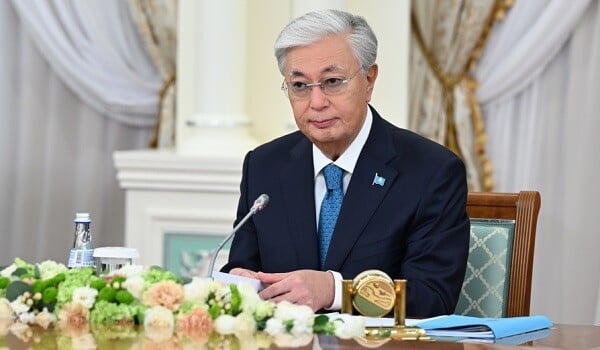Every year, from 5 to 20 percent of the people in the United States will become infected with influenza virus.
Axar.az reports that an average of 200,000 of these people will require hospitalization and up to 50,000 will die. Older folks over the age of 65 are especially susceptible to influenza infection, since the immune system becomes weaker with age. In addition, older folks are also more susceptible to long-term disability following influenza infection, especially if they are hospitalized.
We all know the symptoms of influenza infection include fever, cough, sore throat, muscle aches, headaches and fatigue. But just what causes all the havoc? What is going on in your body as you fight the flu?
I am a researcher who specializes in immunology at the University of Connecticut School of Medicine, and my laboratory focuses on how influenza infection affects the body and how our bodies combat the virus. It's interesting to note that many of the body's defenses that attack the virus also cause many of the symptoms associated with the flu.
How the flu works its way into your body
Influenza virus causes an infection in the respiratory tract, or nose, throat and lungs. The virus is inhaled or transmitted, usually via your fingers, to the mucous membranes of the mouth, nose or eyes. It then travels down the respiratory tract and binds to epithelial cells lining the lung airways via specific molecules on the cell surface. Once inside the cells, the virus hijacks the protein manufacturing machinery of the cell to generate its own viral proteins and create more viral particles. Once mature viral particles are produced, they are released from the cell and can then go on to invade adjacent cells.
While this process causes some lung injury, most of the symptoms of the flu are actually caused by the immune response to the virus. The initial immune response involves cells of the body's innate immune system, such as macrophages and neutrophils. These cells express receptors that are able to sense the presence of the virus. They then sound the alarm by producing small hormone-like molecules called cytokines and chemokines. These alert the body that an infection has been established.
Cytokines orchestrate other components of the immune system to appropriately fight the invading virus, while chemokines direct these components to the location of infection. One of the types of cells called into action are T lymphocytes, a type of white blood cell that fights infection. Sometimes, they are even called "soldier" cells. When T cells specifically recognize influenza virus proteins, they then begin to proliferate in the lymph nodes around the lungs and throat. This causes swelling and pain in these lymph nodes.
The search for a universal flu vaccine
After a few days, these T cells move to the lungs and begin to kill the virus-infected cells. This process creates a great deal of lung damage similar to bronchitis, which can worsen existing lung disease and make breathing difficult. In addition, the buildup of mucous in the lungs, as a result of this immune response to infection, induces coughing as a reflex to try to clear the airways. Normally, this damage triggered by arrival of T cells in the lungs is reversible in a healthy person, but when it advances, it is bad news and can lead to death.
The proper functioning of influenza-specific T cells is critical for efficient clearance of the virus from the lungs. When T cell function declines, such as with increasing age or during use of immunosuppressive drugs, viral clearance is delayed. This results in a prolonged infection and greater lung damage. This can also set the stage for complications including secondary bacterial pneumonia, which can often be deadly.





















































